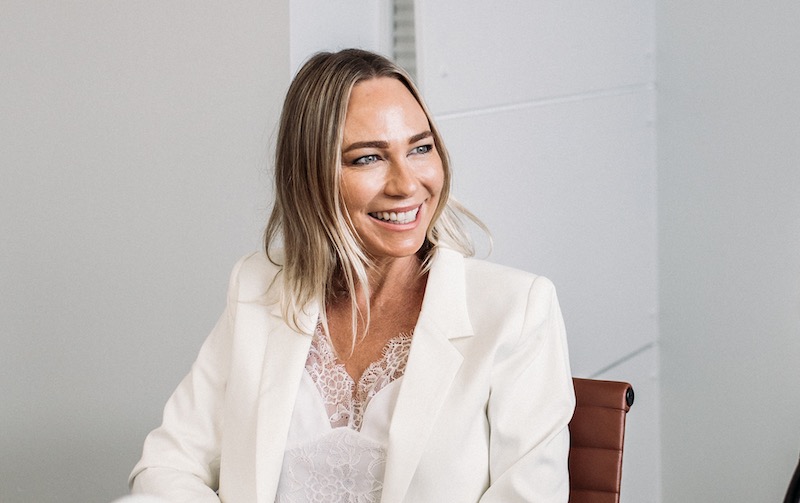2025 trend: social media communities
Insta felt over-curated but BeReal was too sponteous. Audiences want authenticity, authority, niche interests and to feel part of a special club. So where should brands show up online in 2025, and how do they nurture the digital communities they’ve built?
Remember BeReal? The social networking app was released in 2020, but had a moment in 2023, when it was prompting more than 20 million users to take a picture at a random time of day.
It was all about authenticity: an Insta antidote, perhaps. Users didn’t know when the notification was coming, so carefully staging a shot wasn’t an option.
At the end of 2024, it seems like BeReal has fallen off the face of the Earth. But its message for social media users – to be less polished, more themselves – has stuck.
The volume of ‘lo-fi’ content has picked up more than ever this year, as more and more users and brands favour raw, human content over highly produced posts.
But if 2024 was all about more authentic social, how is 2025 shaping up?
Melanie Spencer, Group CEO of creative company Thompson Spencer, says the coming year will be about “connection and familiarity”.
Brands that spent 2024 building a community based on raw and authentic content should now concentrate on nurturing what they’ve built.
“With so many options out there, audiences are going old-school. We’re definitely seeing a Facebook comeback – and not just for the ‘oldies’. It is all about the community groups,” she says.
“It’s all about personalisation and bringing a brand to life when responding to your community.”

Brands’ 2025 social media strategy should see community management as a top priority on mainstream channels such as Instagram, TikTok and Facebook.
And these social platforms are already accommodating the need for community management, with the likes of Instagram broadcast channels being a new tool for users.
Spencer says Insta broadcast channels are “so in right now” and can be used to make brand audiences feel like they are a part of a special club.
And community building doesn’t have to happen in mainstream places – niche platforms are proving to be a hospitable home for this activity.
Substack, for example, is revolutionising digital communities. It’s a mixture of a blog and an online subscription newsletter platform. (Fun fact: Co-founder Hamish McKenzie is a Kiwi.)
For brands, the beauty of Substack is that it allows interaction on a more personal level. Only paying subscribers can comment, so it’s a troll-free zone. Some of the most popular accounts focus on highly specific areas.
Among columns about vintage workout videos and seagull screeching are NBA legend Kareem Abdul-Jabbar – who talks about how sports, politics and pop culture define America – and Kiwi account S… you should care about. More than 100k pay to receive the last two on the list.
Substack: a social network
Journalist Bernard Hickey is the mind behind The Kākā, a Substack that focuses on New Zealand’s housing, climate and poverty crises. It boasts more than 22,000 paying subscribers.
“Substack’s becoming a lot more like a social network than simply a publishing platform. And that’s powered a lot of its growth,” he says.
“It’s a place that people come not just to read, but to be part of a community that is based around the articles or insights or the comments of certain publishers.”
Substack’s 3 million subscribers happily fork out for more than 35 million subscriptions, so the appeal is easy to see – who wouldn’t want to resonate more deeply with their audience while also monetising them?
NZ Herald’s premium content and Stuff’s metro papers now sit behind paywalls, yet they still attempt to be all things to all readers. Substack accounts have no pressure to be anything beyond niche, but there’s nothing to stop them seeking broad appeal.
“If you are genuinely useful enough to as many people as you can, then there’s nothing to stop you from being more of a mass media,” Hickey says.
When podcasts arrived in the early 2000s, they served tiny communities. Now the medium has become mainstream.
It’s seems community-focused platforms are set to follow suit.
If not Substack, it might be Letterboxd, a place for cinephiles or casual movie lovers. Perhaps Goodreads, a forum for book lovers. Or even Strava, for runners.
However, Spencer says the myriad digital channels means brands must understand and focus on where their audience is.
“Nurturing your super fans via clubs and smaller social community groups is on the rise,” says Spencer.
“Community building is back.”
This story was published in NZ Marketing magazine issue 81, December-January 2024/2025.
Read more stories from issue 81.






